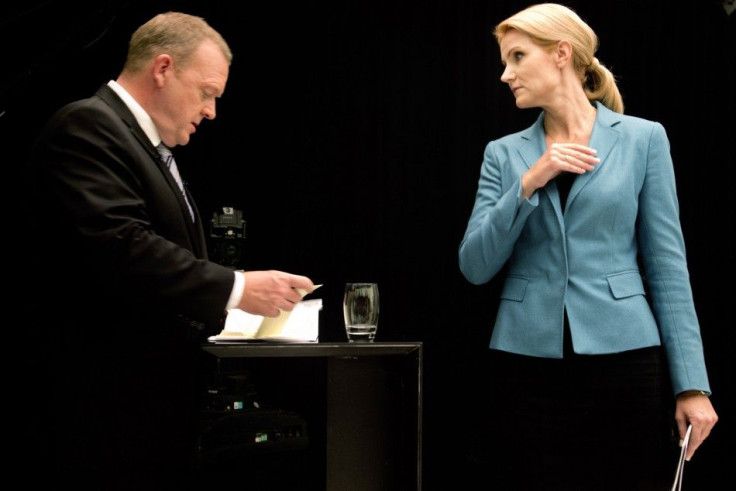Denmark Election: First Female Prime Minister Coming?

The Scandinavian country of Denmark is staging a fascinating general election in which the nation’s faltering economy is expected to serve as the principal issue facing voters.
Here are five interesting things about the Danish election:
* The opposition leader, Helle Thorning-Schmidt, who some polls predict will win the election, would be the first female prime minister in Danish history. Although Denmark is considered one of the more liberal countries on earth, it has never had a female head-of-state.
* Thorning-Schmidt is married to Stephen Kinnock, son of British Labour Party politicians Neil and Glenys Kinnock. (Neil Kinnock lost a bid to become the UK Prime Minister in 1992).
* While Denmark is a member of the European Union, it is not a component of the eurozone (like Britain and Sweden).
* The current Prime Minister Lars Lokke Rasmussen (who has been in power for 10 years) is the third consecutive Danish PM with that surname. His two predecessors were Anders Fogh Rasmussen (who served from 2001 to 2009 and is now NATO’s secretary-general); and Poul Nyrup Rasmussen (who served from 1993 to 2001). The three Rasmussens are not related to each other.
* Voter turnout tends to be very high in Denmark – in the 2007 election, more than 86.5 percent of eligible Danes voted. (In the 2008 Presidential election in the United States, less than 57 percent of Americans voted).
© Copyright IBTimes 2024. All rights reserved.











